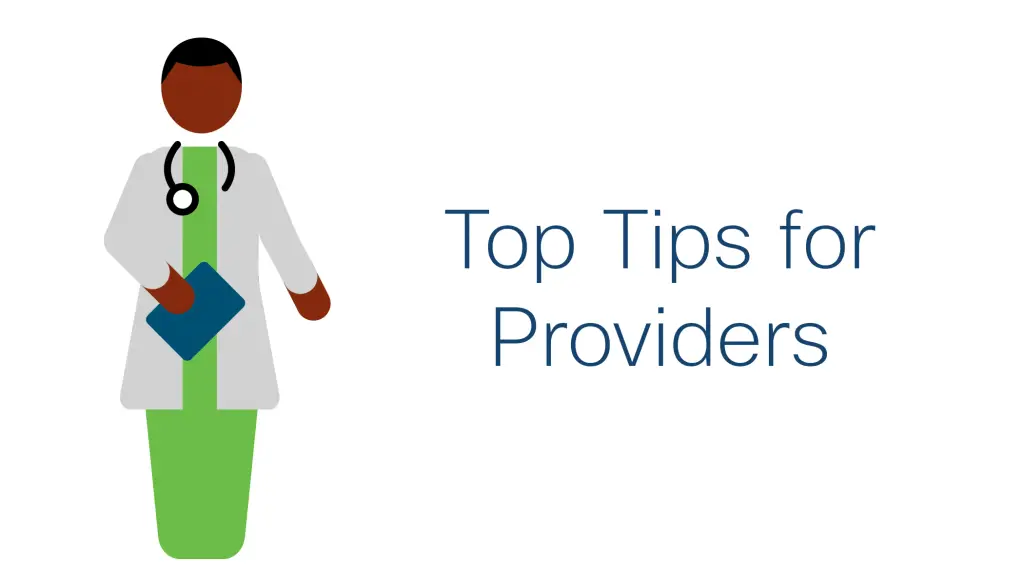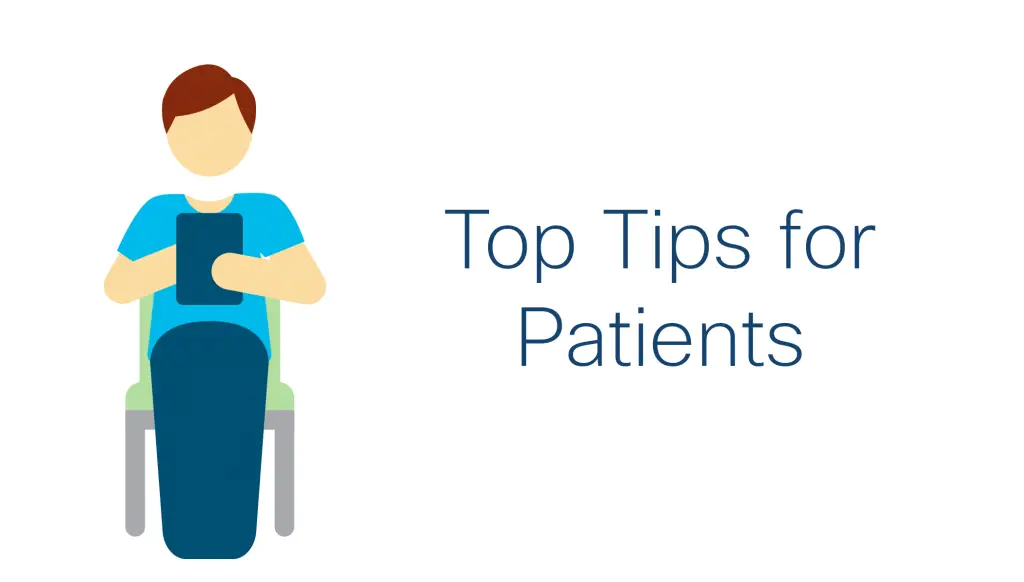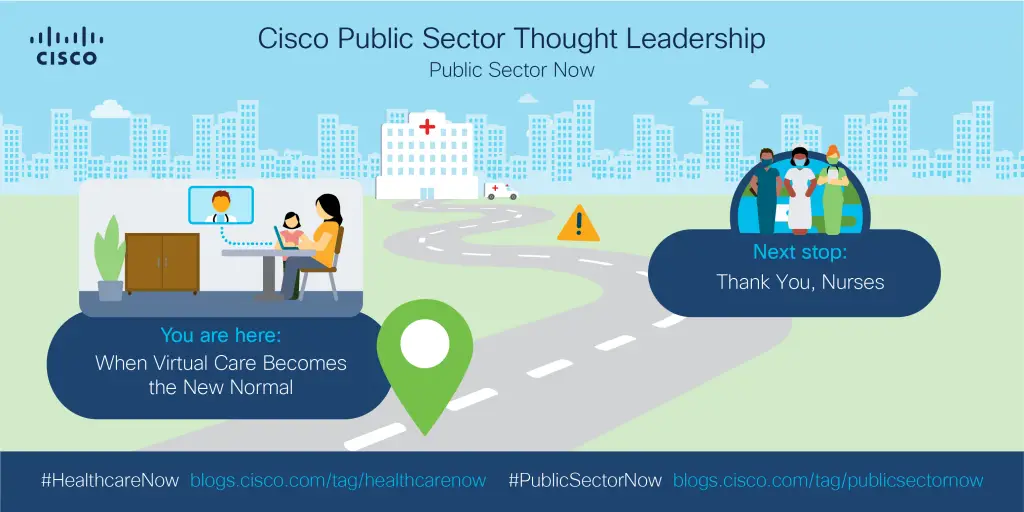Follow along with our new blog series #HealthcareNow and #PublicSectorNow, where we’ll addresses healthcare innovation around the world and how to maintain business continuity in today’s health climate.
In the last few months we have witnessed an unprecedented acceleration in the adoption of telehealth. To keep providers and patients safe, hospitals are shedding their initial hesitation to adopt virtual care, and are using video consultations for everything from routine visits to virtual triage.
Recently, Cisco’s UX research team did a deep dive into this topic, conducting interviews with providers and patients to understand the landscape for telehealth. Based on the interviews, we developed best practices that providers and patients can adopt as they move from face–to–face visits in the doctor’s office to online appointments. These best practices are applicable for all telehealth services, to ensure that your care team can deliver the best experience for all virtual patients.

Top tips for healthcare providers:
- To foster a better relationship with your patient, keep your video on during the call.
- Join the video or audio call from a quiet, private room to make the patient more comfortable and at ease.
- If you need to examine your patient (for example, look at their foot, knee, etc.), have your patient point their camera to that area.
- Have your patient take a picture on their phone and share it through the call.
- If you need to share information with your patient, such as lab results or brochures, try using the screensharing and file upload features.
- If you need to reference other platforms, such as your Electronic Medical Records (EMR) while on the call, use your laptop and open another window alongside the video meeting window.
- If the video or audio connection is poor, use in-call messaging until the quality improves.

Top tips for patients:
- Before the telehealth call, join a test call to make sure you are able to join.
- If you do not want to download software to your desktop computer or mobile phone, join the video call using your web browser by clicking on the link from your provider. Cisco Webex does provide the ability to join through a browser.
- For better communication with your provider, keep your video on during the call.
- Before the call, pull up any health information you have (like blood pressure readings, heart rate, wearable technology data) to share with your provider.
- Share photos of your medical complaints by taking a picture on your phone. The Cisco Webex Meetings app allows you to quickly share photos.
- If the video or audio connection is poor, try in-call messaging until the quality improves.
Here at Cisco Webex, we know healthcare teams are extremely busy, and need to be able to ramp up with telehealth quickly. To get started, we’ve supplied single-page sheets made specifically for clinicians, care teams, patients, administrative staff, and IT teams to help them get started with Webex. Get access to these resources and more at our Transitioning to Virtual Healthcare page.
If you have questions or want to learn more about Cisco’s telehealth technology, join our virtual healthcare community on Webex Teams to ask questions and share best practices with other healthcare teams.
We’d love to hear what you think. Comment below and stay tuned for the next blog in our #HealthcareNow series.
The post When Virtual Care Becomes the New Normal appeared first on Cisco Blogs.
